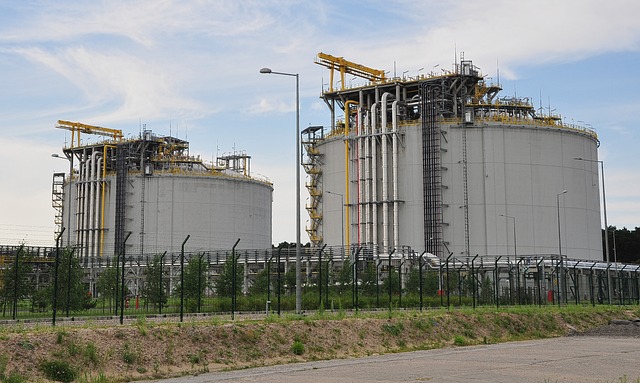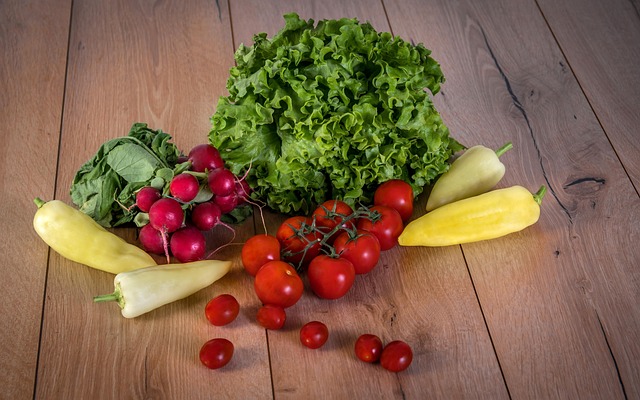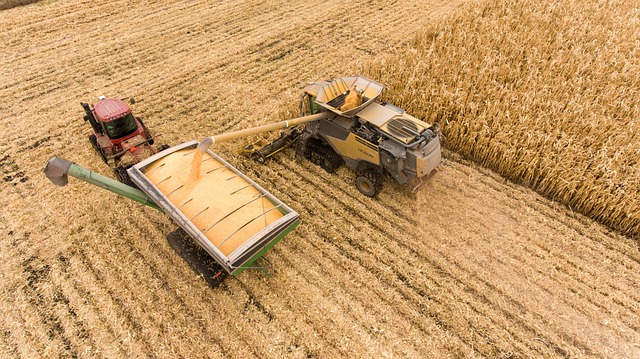Fostering Agricultural Growth through Product Diversification
In today’s ever-evolving agricultural landscape, product diversification has emerged as a beacon of hope for enhancing both transport sustainability and rural development. Farmers are increasingly realizing that the secret to thriving in a competitive marketplace lies not just in producing a single crop, but in broadening their horizons with a varied portfolio of products.
Understanding Product Diversification
Product diversification involves expanding beyond traditional crops or livestock to include a variety of species, varieties, or even entirely different agricultural enterprises. This strategy empowers farmers to cushion themselves against market fluctuations and adverse weather events. When farmers cultivate different crops or rear various livestock, they reduce the risks associated with relying on a single source of income, thus promoting their economic resilience.
The Role of Transport Sustainability
One of the most critical aspects of product diversification is its connection to transport sustainability. As the diversity of agricultural products increases, so too does the demand for efficient transport solutions. Sustainable transport practices, such as utilizing local distribution networks and minimizing food miles, can significantly reduce carbon footprints. By supporting local transport initiatives, diversified agricultural products can reach consumers more effectively, creating a circular economy where rural farmers and urban consumers thrive together.
Moreover, the diversification of products often leads to the need for innovative transport solutions. For instance, if a farmer begins producing organic berries alongside traditional grains, they might invest in specialized packaging that ensures the berries remain fresh. In this way, product diversification can drive advancements in transport technology and logistics, further enhancing sustainability in agricultural transport systems.
Impact on Rural Development
Product diversification also plays a pivotal role in rural development. By encouraging local farmers to adopt various agricultural practices, communities can tap into new markets and create job opportunities. When farmers diversify, they not only provide their families with a more stable income but also contribute to the overall economic growth of their communities. This ripple effect fosters a vibrant rural economy, attracting investment and improving the quality of life for inhabitants.
Furthermore, diversified agricultural practices can have significant environmental benefits. By rotating crops and integrating livestock, farmers can improve soil health and increase biodiversity, creating a more sustainable agricultural ecosystem. Healthier soils lead to better yields, ensuring food security and boosting local economies.
Embracing the Future of Agriculture
As we look toward the future of agriculture, it is clear that the path to sustainable growth lies in product diversification. To harness the full potential of this approach, stakeholders including policymakers, agricultural organizations, and farmers must collaborate. This can involve providing resources, offering training programs, and encouraging investment in sustainable practices. By doing so, we can create a thriving agricultural sector that supports both transport sustainability and rural development, ensuring a prosperous future for generations to come.




